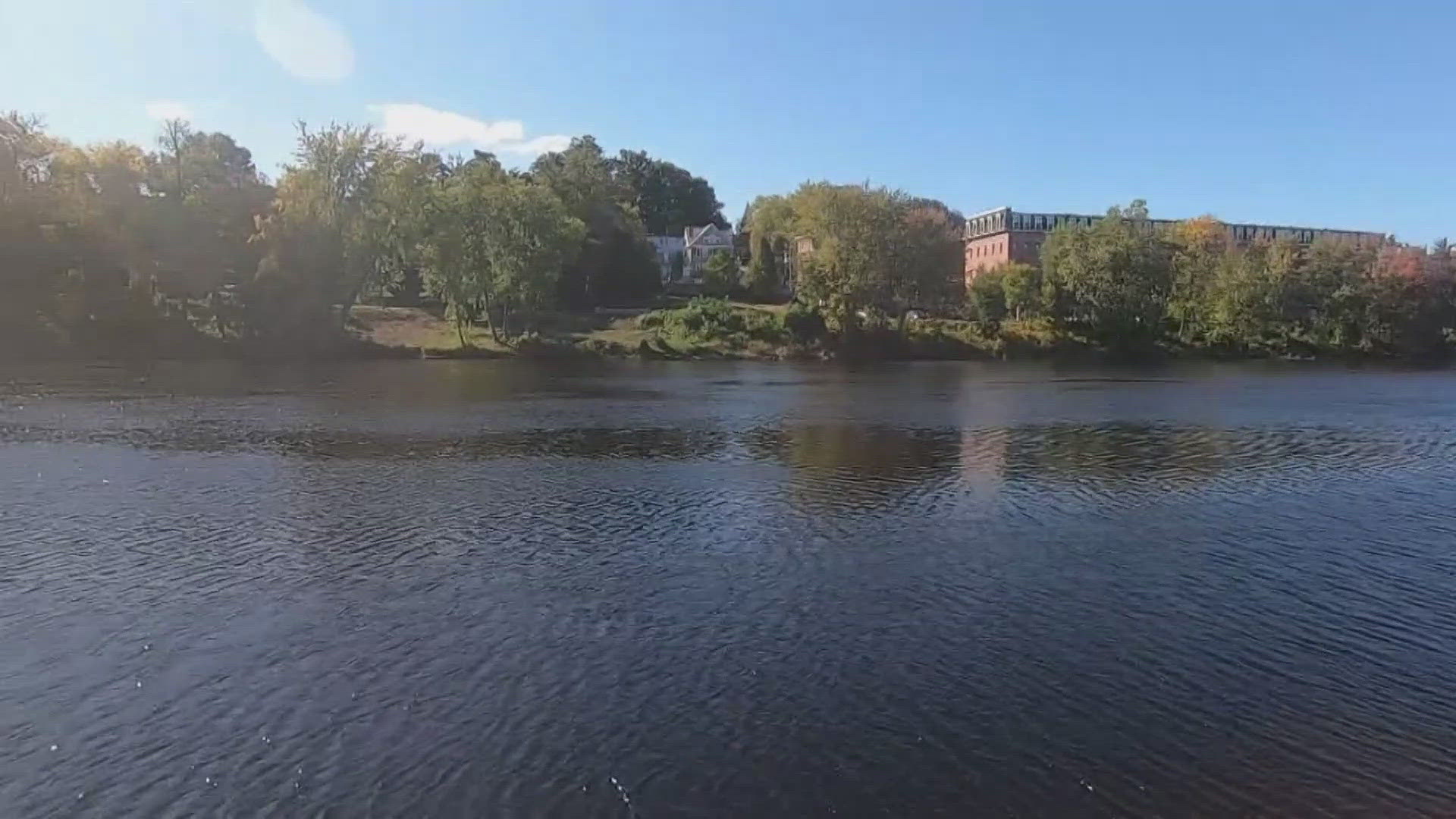PORTLAND, Maine — Keeping toxic industrial chemicals, known as PFAS, from being discharged into the Kennebec River, the source of drinking water for several communities, is one step closer to reality.
A system to remove and destroy PFAS, pioneered at the Anson-Madison Sanitary District, is now in its second phase. This is a first-of-its-kind technology that could also be utilized by municipalities throughout the state.
Currently, no systems in Maine can remove PFAS from wastewater before it's discharged into rivers and other tributaries. A method used by the aquarium industry to skim proteins off the water's surface in massive tanks could be the solution.
"We are not removing fish waste. We are removing parts per trillion of PFAS from water," Steve Woodard, the Chief Innovation Officer with Emerging Compounds Treatment Technologies (ECT2), explained.
Woodard is leading a team pioneering ways to flush out and destroy toxic chemicals that take decades to break down in the environment and the body.
Engineers adapted the method known as foam fractionation, designing a fractionator that draws the compounds out of the wastewater by adding turbulence and air, similar to a blender.
"The PFAS, because of the chemical properties, adhere to the bubbles, travel up and create foam, latch on to air bubbles," Woodard added.
The PFAS-laced foam rises to the top, and water is purified to low or non-detectable levels. That foam is discharged into a tank.
"We have technologies that can further concentrate foam to make the smallest volume possible," Lotte Franck, a field service engineer for ECT2, said.
Ten fractionators have been sent to the Anson-Madison Sanitary District, a multi-million dollar test project site. The facility treats waste from Anson and Madison, one of many plants that discharge treated waste into the Kennebec River, a primary source of drinking water. Engineers are also trying to find the best way to destroy the concentrated PFAS, but that technology is costly and not yet widely available.
"It's cheaper to go to the landfill. The problem is, we are running out of landfill space, and communities will have to spend the money to destroy the PFAS on site," Woodard explained.
The centralized treatment system has a 60 million dollar price tag. However, it could ultimately take leachate from Maine landfills and septage two million gallons daily, removing the compounds before they are discharged into waterways throughout the state.
ECT2 is also developing other methods to treat PFAS. The NanoSorb Membrane Bioreactor is a new process that efficiently separates PFAS (and other contaminants) from the influent while producing significantly less waste. NanoSorb will utilize industrial byproducts from landfills. The fractionation system could go online at the Anson-Madison Sanitary District sometime next year.

